Identify three-digit numbers in standard form, word form, expanded form, and in base-ten form with a printable Valentine’s Day Math activity.
Skip the Standard, Word, & Expanded Form Worksheets!
Are you tired of the same old worksheets and activities you’re using to teach number forms to your elementary students? We understand! Sometimes teachers need just as much variety in order to stay engaged with the content, so we’ve been busy putting together some fun math stations and Valentine’s Day activities for older students. Starting with place value and number forms!
This Valentine’s Day math activity has students realizing just how “sweet” is to identify three-digit numbers in word, standard, base ten, and expanded form. Included are 36 individual matching cards. Students will find an example of nine different numbers in all four number forms within the deck. They will find groups of cards that represent
- Numbers in Standard Form
- Numbers in Base Ten Form
- Numbers in Word Form and
- Numbers in Expanded Form.
Do Valentine’s Day Math Stations Help Big Kids?
Absolutely! There are several reasons why math stations may be more effective than worksheets for teaching students about standard, base ten, word, and number forms:
- Engagement: Math stations can be more engaging for students than worksheets, as they offer a change of pace and a variety of activities to keep students interested.
- Collaboration: Math stations often involve group work, which can foster collaboration and communication among students. This can be especially helpful for students who may struggle with math, as they can work with their peers to support each other’s learning.
- Hands-on learning: Many math stations involve hands-on manipulatives or other interactive elements, which can help students understand concepts more deeply. For example, students might use base ten blocks to create numbers in different forms, which can help them understand place value and how it relates to standard, base ten, and expanded forms.
- Differentiation: Math stations can be easily modified to meet the needs of students at different levels by providing a range of activities with varying levels of difficulty. This can be more challenging to do with worksheets, which are often one-size-fits-all.
- Assessment: Math stations can provide opportunities for teachers to informally assess student understanding in a low-stakes way, through observation and interaction with students as they work. This can be more challenging to do with worksheets, which often only provide a single measure of student understanding.
Download and Print Your Valentine Math Resources
Use the dropdown icon on the Download button to choose between the color PDF, black and white PDF, or editable Google Slides version of this resource.
Print on cardstock for added durability and longevity. Place all pieces in a folder or large envelope for easy access.
Punch a hole in each corner to keep the task cards out of pockets or under desks to place them on a binder ring.
Before you go, make sure you grab a few more place-value resources for your kiddos!
This resource was created by Lauren Blankenship, a teacher in Florida and Teach Starter Collaborator.
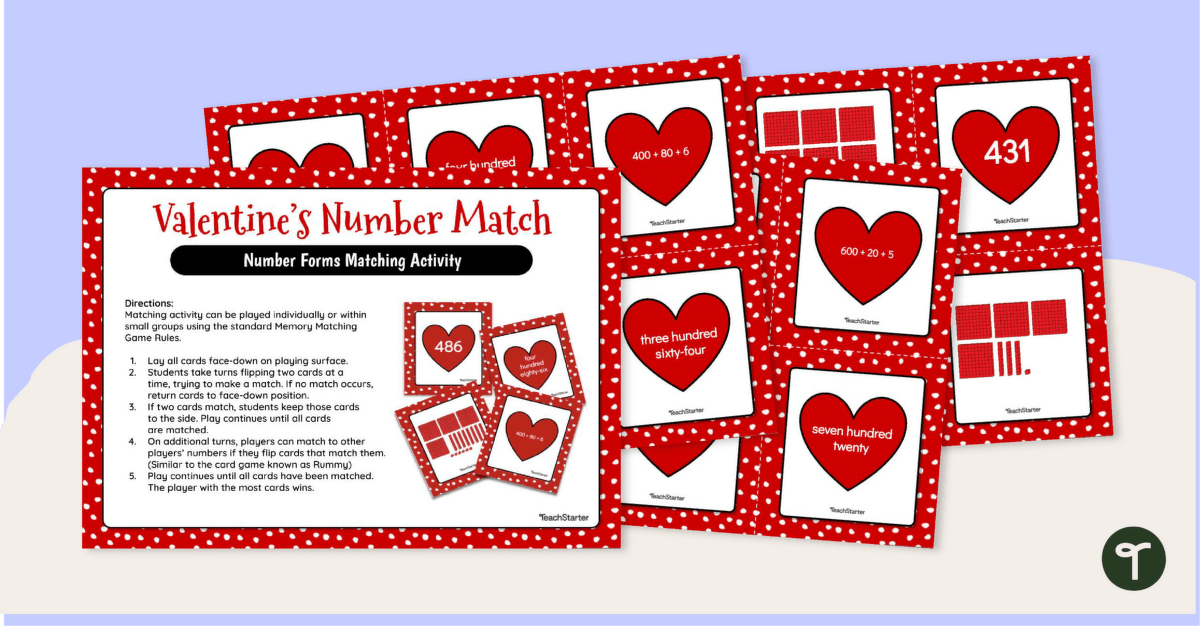


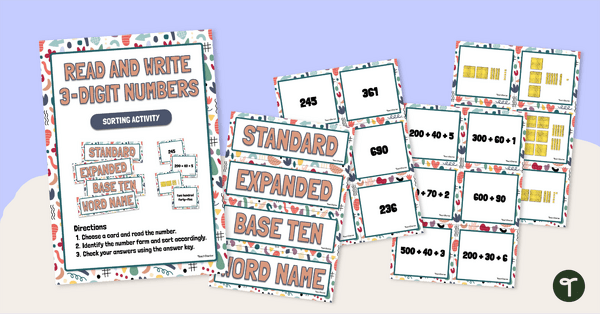
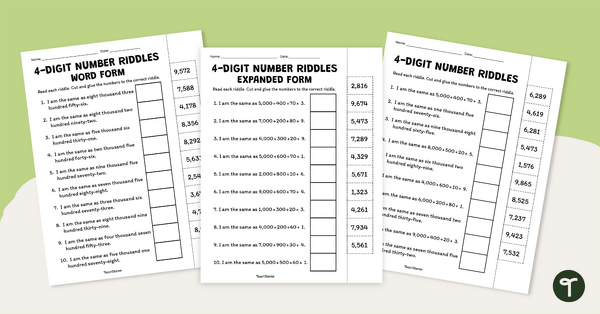
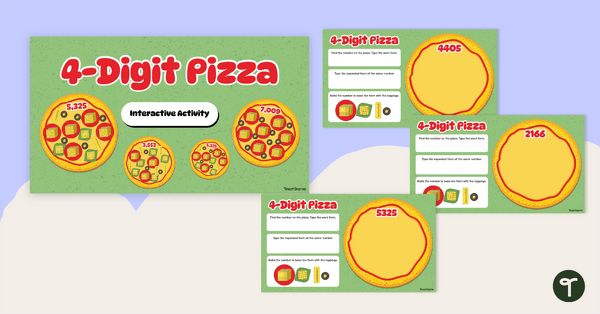
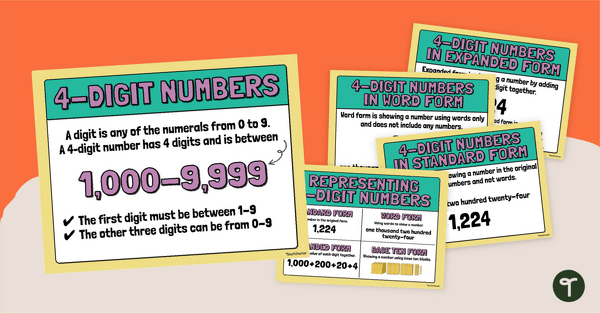

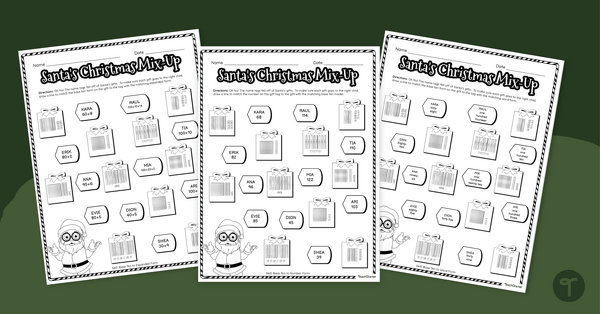
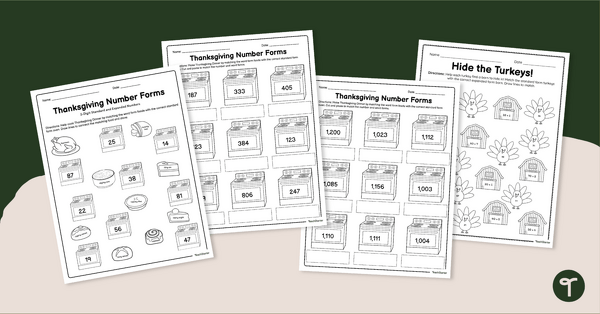
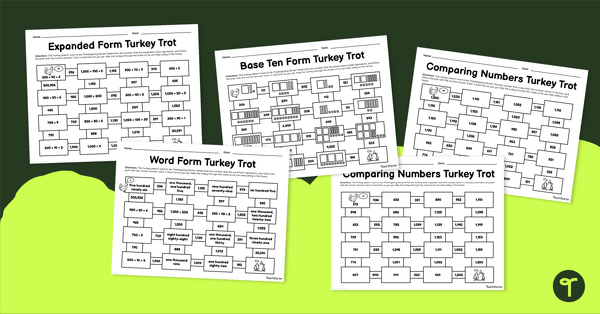
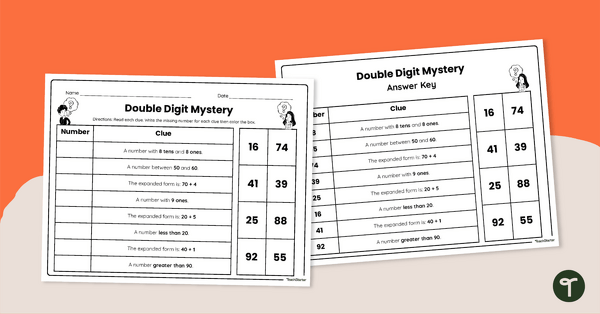
0 Comments
Write a review to help other teachers and parents like yourself. If you'd like to request a change to this resource, or report an error, select the corresponding tab above.